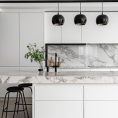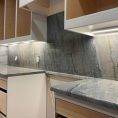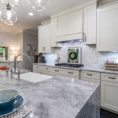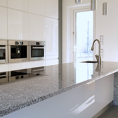The Art of Mixing and Matching Countertops in Multi-Functional Spaces
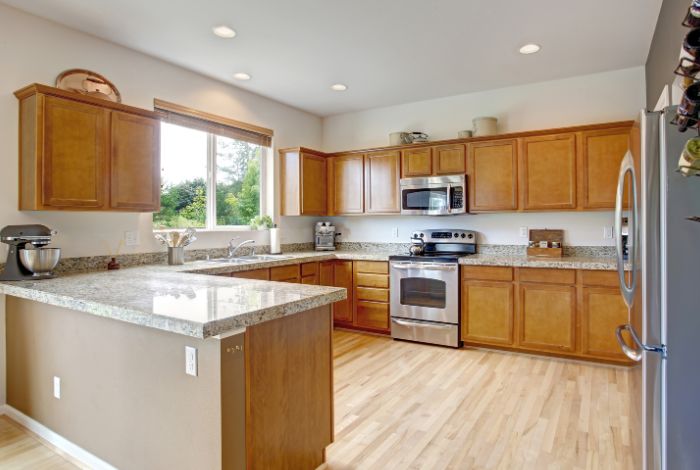
In contemporary home design, multi-functional spaces such as open-plan kitchens and bathrooms that double as laundry rooms are becoming increasingly popular. Such spaces require thoughtful consideration of materials to meet diverse functional needs while maintaining aesthetic harmony. This post explores how to master the art of mixing and matching countertops to enhance both the utility and beauty of your spaces.
Understanding the Basics of Mixing Materials
- Function First: Choose materials based on the primary function of the space. For instance, durability and heat resistance might be priorities in cooking areas, while aesthetic might dominate in living areas.
- Color Coordination: Start with a color palette that serves as a unifying factor across the space. This doesn’t mean all materials must match exactly, but they should complement each other.
- Texture and Pattern: Consider how the texture and patterns of different materials interact. Balancing smooth with textured surfaces can add depth and interest.
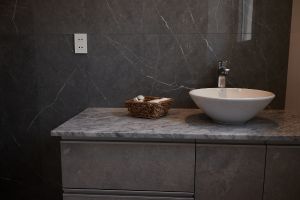
In contemporary home design, multi-functional spaces such as open-plan kitchens and bathrooms that double as laundry rooms are becoming increasingly popular.
Popular Countertop Materials and Their Best Combinations
Quartz and Wood
- Combination Strategy: Quartz for the main kitchen counters for its durability and ease of maintenance, paired with a wooden breakfast bar for warmth and texture.
- Design Tip: Ensure the wood’s stain complements the color of the quartz to create a seamless transition.
Granite and Laminate
- Combination Strategy: Use granite for high-impact areas like the kitchen island and laminate for less used sections like a desk or storage area in an open-plan kitchen.
- Design Tip: Choose a laminate color or pattern that echoes a subtle color from the granite to tie the look together.
Marble and Solid Surface
- Combination Strategy: Marble can be used for a statement island, while solid surfaces are used for perimeter countertops that require more durability and less maintenance.
- Design Tip: Select solid surfaces in neutral colors that highlight the veins of the marble, enhancing its natural beauty.
Tips for Seamless Integration
- Level Changes: Differentiate materials not just by where they are used but how they are installed. Consider varying the height of different sections to define areas visually and functionally.
- Edge Profiles: Consistency in edge profiles across different materials can unify the look. If the materials are very different, maintaining the same edge profile can subtly tie them together.
- Transitional Pieces: Use transitional pieces like cutting boards or trivets that incorporate both materials to blend the areas together more naturally.
Practical Considerations
- Budget: Mixing high-cost materials with more affordable options can balance overall expenses without compromising style.
- Maintenance: Consider the care requirements of each material and whether they suit your lifestyle and the level of use in each area.
Mixing and matching countertops in multi-functional spaces allows for a creative and customized approach to design that meets diverse needs. By considering functionality, aesthetics, and practical factors, you can create a space that is both beautiful and highly functional.
Ready to design a multi-functional space with perfectly paired countertops? Contact our experts today for personalized advice and solutions tailored to your unique needs and style preferences.

